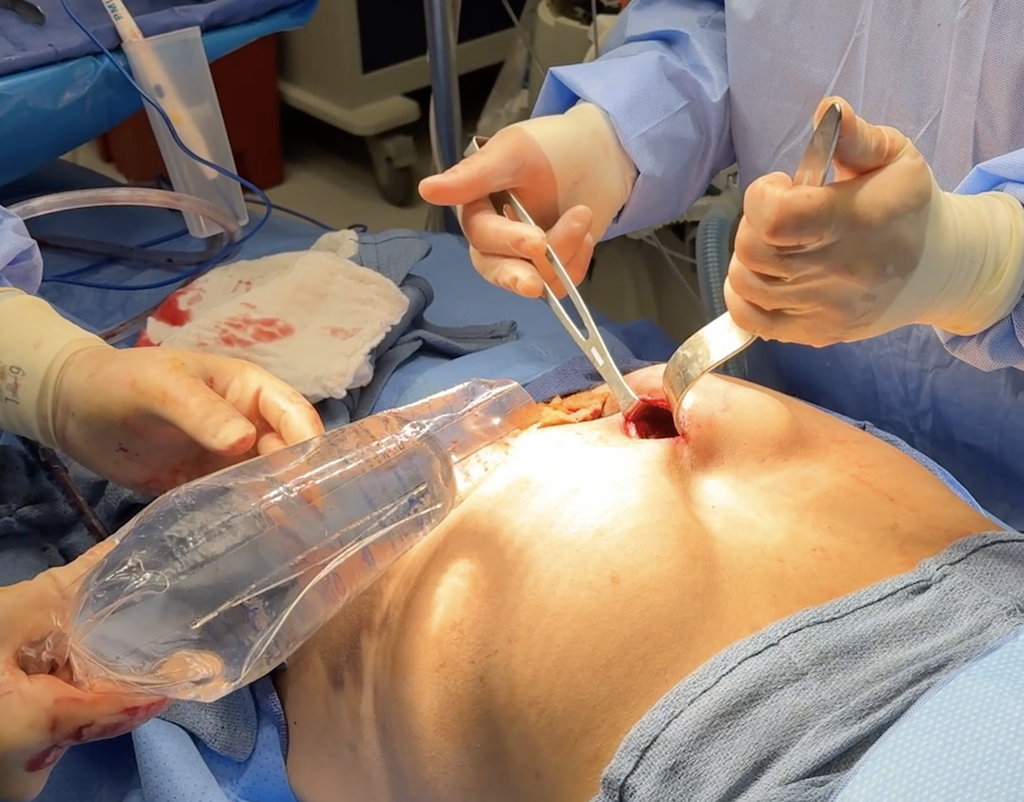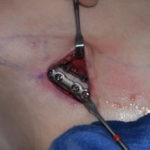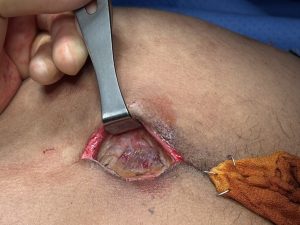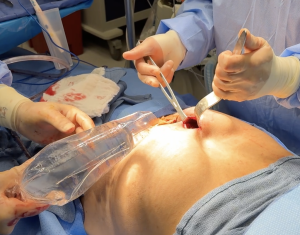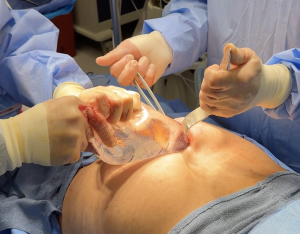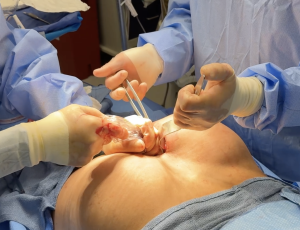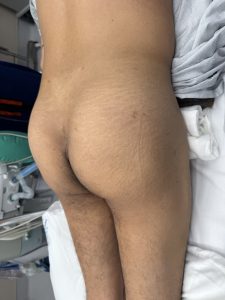Background
Buttock implants remain the only option for augmentation when fat stores are insufficient or depleted. Solid silicone implants reliably provide volume, but they will never feel as soft as a patient’s own fat or muscle. Advances in lower-durometer silicone over recent decades have improved implant softness, but there is a natural limit. Unlike other body implants, buttock implants must withstand the constant compression of sitting, which introduces unique considerations.
For standard implant sizes (200–400cc), lower-durometer silicone usually provides acceptable softness, aided by a favorable soft tissue-to-implant ratio. However, as implant size increases, the ratio decreases and firmness becomes more noticeable. While many patients with implants over 400cc have no complaints, concerns do arise—especially in patients who already have implants and want to increase size while achieving greater softness.
Outside the U.S., gel buttock implants are widely used, offering greater softness and malleability that complement intramuscular and submuscular pocket techniques. However, regulatory barriers make it unlikely they will be approved domestically. In the U.S., the only alternative is the off-label use of gel implants. As FDA-approved medical devices, their use outside the breast is considered off-label but allows access to the softest, most malleable implants with the appropriate round base diameter.
Case Study
A male patient had 400cc solid buttock implants placed intramuscularly five years earlier. He returned seeking a larger size and a softer feel. While 600cc solid implants could have been placed—albeit with difficulty through the limited intergluteal incision—they would have felt firmer. The patient instead chose gel breast implants, fully aware of their off-label status and the unknowns regarding long-term durability in the buttock location.
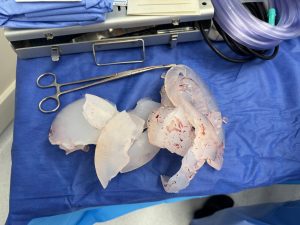
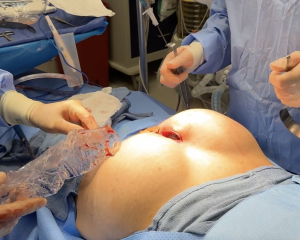
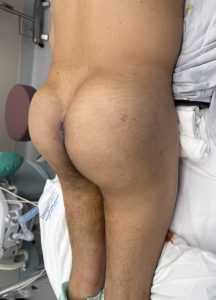
Discussion
Solid silicone implants remain the standard choice for buttock augmentation in the U.S. and serve the vast majority of patients well. However, in select cases, gel implants may be considered as an off-label alternative. They allow easier insertion, create a fuller round shape, and provide the softest feel achievable.
The primary unknown with their use in the buttocks is long-term durability. Unlike breast implants, buttock implants are subject to higher mechanical stress and are not routinely screened for shell integrity.
Key Points
-
Larger solid silicone buttock implants inevitably feel firmer, even with low-durometer silicone.
-
Patients seeking maximum softness in larger implants may consider gel implants, though their use is off-label.
-
The long-term performance of gel implants in the buttock is unknown and may differ from their established track record in the breast.
Dr. Barry Eppley
World-Renowned Plastic Surgeon

